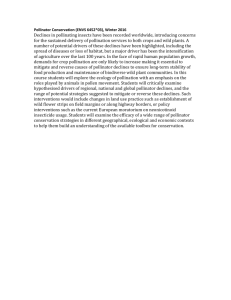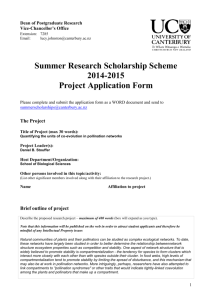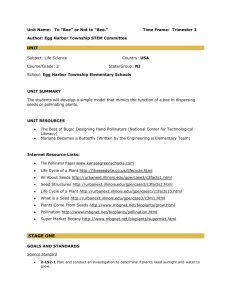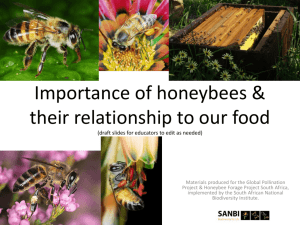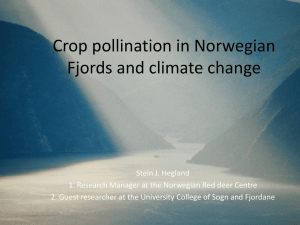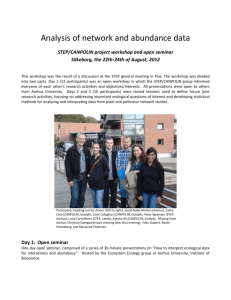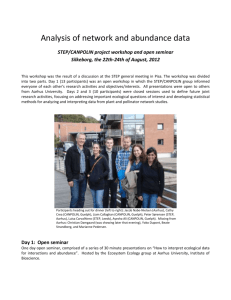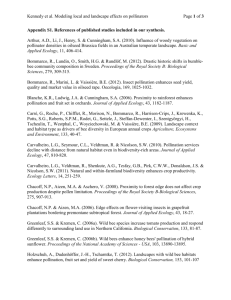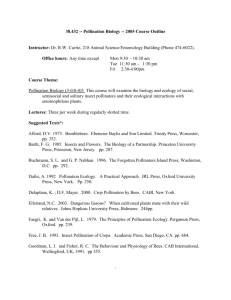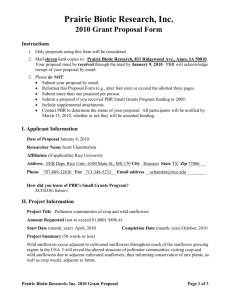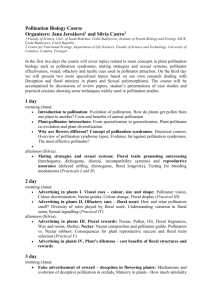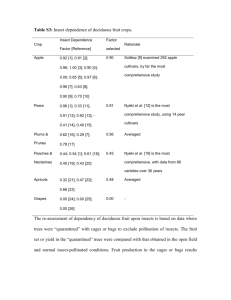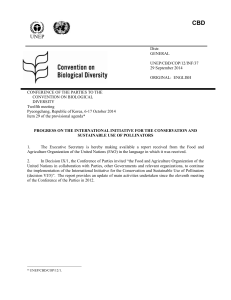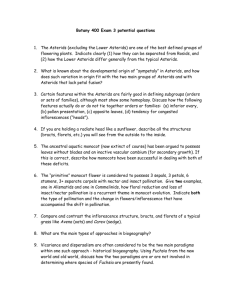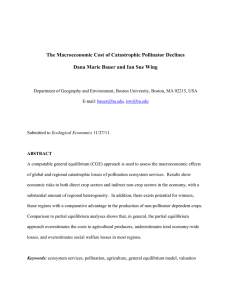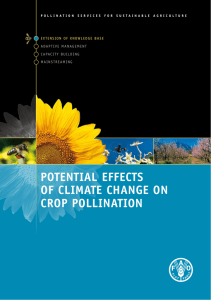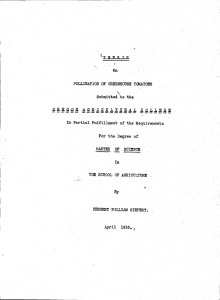ALARM Report
advertisement
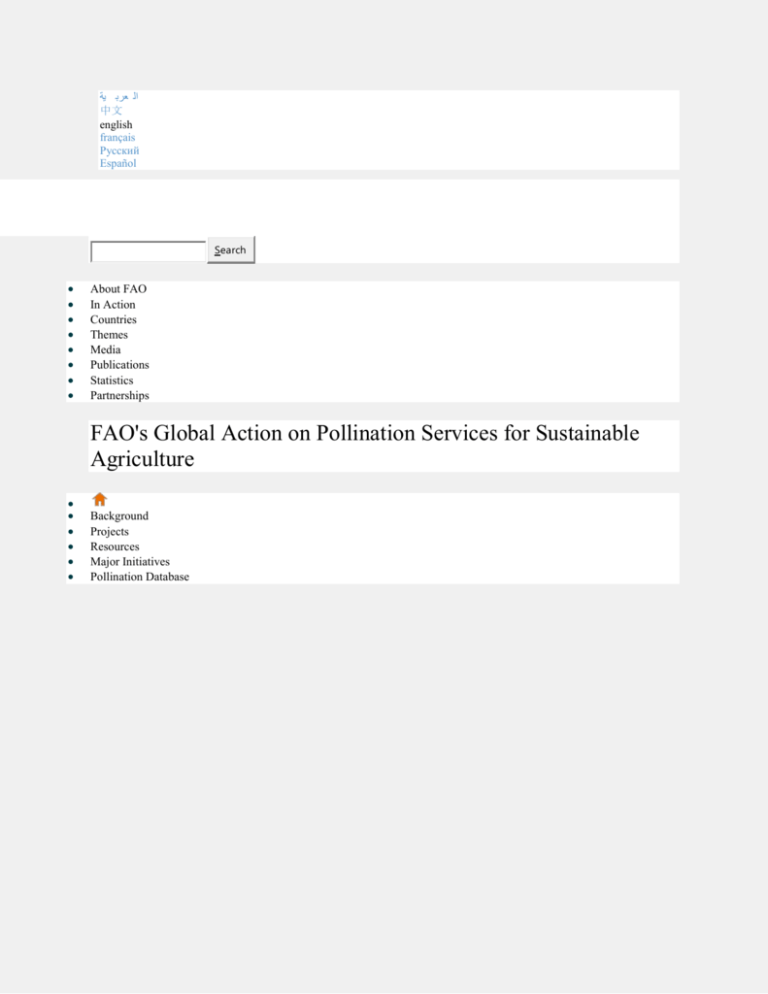
ال عرب ية 中文 english français Русский Español Search About FAO In Action Countries Themes Media Publications Statistics Partnerships FAO's Global Action on Pollination Services for Sustainable Agriculture Background Projects Resources Major Initiatives Pollination Database Shaking up pollination: Buzzing around Leafcutter bees Which is more important- honey bees or wild bees? Both! A tale of two strawberries Pollination & human livelihoods Pollination is a keystone process in both human managed and natural terrestrial ecosystems. It is critical for food production and human livelihoods, and directly links wild ecosystems with agricultrual production systems. The vast majority of flowering plant species only produce seeds if animal pollination move pollen from the anthers to the stigmas of their flowers. Without this service, many interconnected species and processes functioning within an ecosystem would collapse. In Depth Understanding The more we know about pollinators, plant pollination services and the interactions between agro-ecosystems and pollination management, the more we can understand how to conserve them and manage them to maintain biodiversity, ensure ecosystem health and improve human livelihoods. Monitoring pollinator declines, monitoring pollinator deficits, assessing socio-economic values, pollinator identification and understanding plant/pollinator interactions expands the knowledge base. Managing Both wild and managed pollinator populations require habitat and forage resources in order to survive, and the loss of these – in and around the agroecosystem - compromise crop production. Management practices have been identified and tested by farmers, to conserve and manage wild pollinator populations. These practices not only benefit pollination ecosystem services, but contribute to crop diversity (biodiversity), soil health and reduced pesticide use, to name a few. Learning Building capacity of persons from different sectors is important not only to raise awareness of pollination, but also to deploy technical information on pollinators and the role of animal pollination for crop production. Building capacity through training of different target clients (e.g. farmers, farmer groups, extensionists, educational institutions) provides opportunities to learn about different aspects of this issue, opportunities to improve in-country technical capacity (e.g. taxonomic knowledge), and create networks of experts. Mainstreaming Approximately 80 percent of all flowering plant species are specialized for pollination by animals, mostly insects, and they affect 35 percent of the world's crop production, increasing the output of 87 of the leading food crops worldwide. Pollination is therefore critical to crop production, and awareness of this essential ecosystem service is important for everyone – the general public including school children, farmers, but also decision makers from local, national to international levels. Related links Pollination Crop and Crop Associated Biodiversity Biodiversity Multimedia Photos Videos Contact GlobalAction-Pollination@fao.org Contact us Terms and Conditions Scam Alert Report fraud Employment Procurement Governing Bodies Office of the Inspector General Evaluation Legal and Ethics Office FAO Departments and Offices Agriculture and Consumer Protection Economic and Social Development Fisheries and Aquaculture Forestry Technical Cooperation Regional Office for Africa Regional Office for Asia and the Pacific Regional Office for Europe and Central Asia Regional Office for Latin America and the Caribbean Regional Office for the Near East and North Africa Country Offices Follow us on Download our App © FAO, 2016
